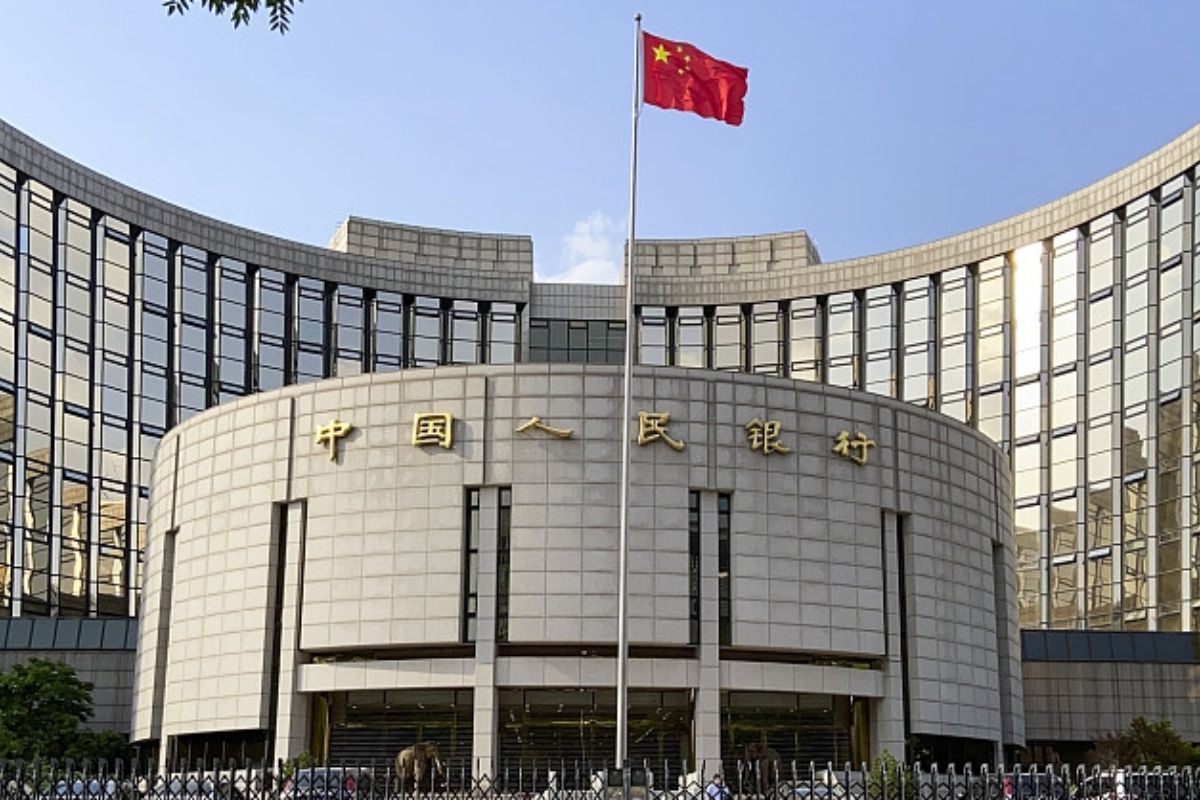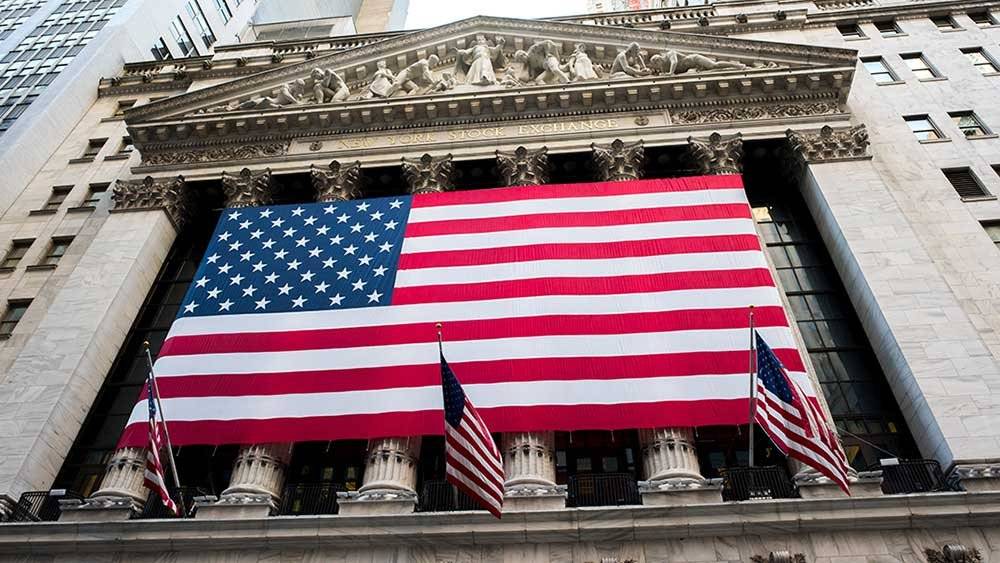China’s central bank startled markets yet again by lowering another key policy rate, extending a wave of monetary easing to help the country’s struggling economy.
On Thursday, the People’s Bank of China reduced the interest rate on its one-year medium-term loan facility to 2.3% from 2.5%, the first reduction since August of last year. The method also added 200 billion yuan, or around $27.54 billion, to the market’s liquidity.
The off-schedule cut in the rate offered on medium-term loans to banks comes just days after the central bank announced an unexpected reduction in the short-term policy rate. The PBOC reduced the seven-day reverse repo rate, which it uses to control short-term liquidity by purchasing government securities from lenders, on Monday as part of efforts to “step up financial support for the real economy.
China’s Central bank reduced The rate of interest
Analysts believe the adjustments are intended to solidify the seven-day reverse repo rate’s place as the primary policy benchmark as the central bank revamps its monetary policy framework.
Chinese bankers followed the PBOC’s lead and slashed their loan prime rates on Monday, but they also announced deposit rate decreases to help maintain their shrinking profit margins.
On Thursday, the country’s largest state-owned lenders slashed deposit rates by 5 to 20 basis points, with smaller banks anticipated to follow suit.
All of the rate-cutting move follows a policy meeting in which China’s policymakers expressed concerns about the strength of the world’s second-largest economy while also reaffirming their commitment to meeting this year’s economic growth target of approximately 5%.
Economists believe this may have led the PBOC to act, given the difficulty of meeting that target following a sharper-than-expected slowdown in the second quarter and evidence indicating further weakening ahead. An anonymous person close to the central bank told the state-run China Securities Journal on Thursday that the additional liquidity injection was intended to fulfill increased liquidity requests from financial institutions as the end of the month approached.
Analysts expected some type of monetary policy easing but were unsure when it would occur, given that the PBOC is mindful of any steps that could expand the yield gap with the US and increase depreciation pressure on the yuan.
“Most expected the MLF to be reduced at next month’s decision, but given the broader direction of monetary policy easing, as well as the needs of the real economy, there was no need to wait,” said Lynn Song, chief Greater China economist at ING.
“Real interest rates have been too high for the current strength of the economy,” according to his note.
Many economists were also surprised by the extent of the drop.
A larger cut to the medium-term lending facility rate relative to the loan prime rate could provide some support to banks’ interest margins, Song said.
China’s banking sector has been struggling with declining profit margins and sluggish borrowing demand from families and enterprises. Households’ unwillingness to spend has resulted in accumulated savings which have increased lenders’ liability costs, while bad loans from the struggling real estate sector are an additional drag.
This week’s policy easing drive has been widely praised as a hint that Chinese authorities are willing to take more drastic measures to address slowing development momentum.
“The previous episode of two MLF operations in a month was due to a major credit event, but this time it’s to signal policy support and a new policy framework,” HSBC global research economists Jing Liu and Erin Xin said.
The Federal Reserve’s rate decreases, which are slated to begin in September, might create room for more PBOC easing, economists say.
However, given the restrictions posed by currency depreciation and falling bank profitability, economists believe that fiscal stimulus will be required to undertake the majority of the heavy lifting in China’s recovery.
In the latest evidence of increased fiscal support, China’s state planner and finance ministry pledged on Thursday to provide additional subsidies for a government program aimed at increasing consumption by pushing consumers and businesses to upgrade goods and equipment.
Read more
US Election: What Would a Harris Presidency Mean for the Economy?
Source
Wsj.com

Daisy Morgan is a dedicated business journalist known for her insightful coverage of global economic trends and corporate developments. With a career rooted in a passion for understanding the intricacies of the business world, Daisy brings a unique perspective to her writing, combining in-depth research with a knack for uncovering compelling stories. Her articles offer readers a comprehensive view of market dynamics, entrepreneurship, and innovation, aiming to inform and inspire professionals and enthusiasts alike.







